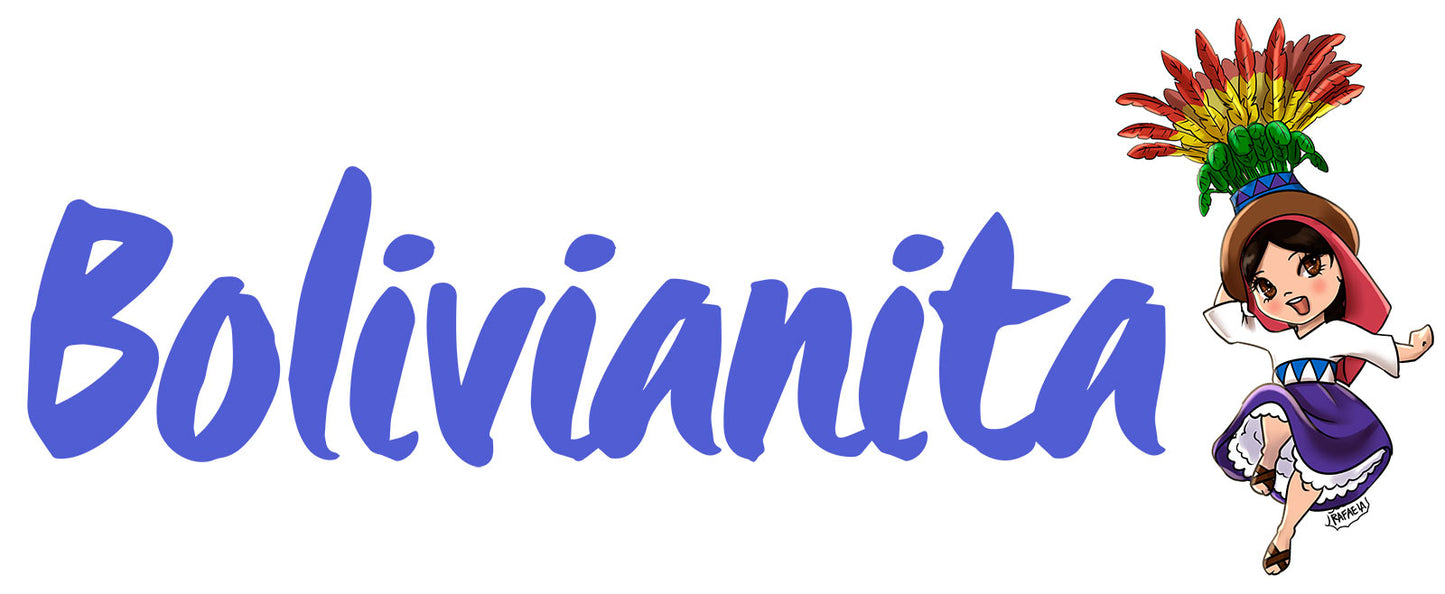The Carnival of Oruro
The Carnival of Oruro in Bolivia is an impressive spectacle that attracts hundreds of thousands of visitors each year[1][3].
This colorful festival, which has been declared an intangible cultural heritage of humanity by UNESCO, takes place on the weekend before Ash Wednesday and lasts for three days[4]The carnival is a unique blend of Catholic customs, indigenous traditions, and historical elements[1][5].
The focus is on the veneration of the Virgin of Socavón, the patron saint of miners.[1]About 20,000 dancers and 10,000 musicians parade through the city in a 4 km long procession, showcasing various traditional dances such as the Diablada, Morenada, and Tinku.[1][3].

Carnival: Expression of Bolivian Culture and Identity


Text sources:
[1] https://info.bolivien-kunsthandwerk.com/Carnival-of-Oruro-a11
[2] https://m.obermain.de/lokal/obermain/20-000-taenzerinnen-beim-karneval-in-bolivien;art2414,1069924
[3] https://www.enchantingtravels.com/de/reise-blog/oruro-karneval-tanz-mit-dem-teufel/
[4] https://en.wikipedia.org/wiki/Carnival_of_Oruro
[5] http://www.willischnitzler.de/reiseberichte/reiseberichte-amerika/198-der-teuflische-karneval-von-oruro.html
[6] https://passenger-x.de/oruro-karneval/
[7] https://blog.viventura.de/oruro-karneval
https://www.deutschlandfunk.de/the-carnival-of-tarabuco-100.html
[9] https://en.wikipedia.org/wiki/Bolivian_Dances
Photos: Bolivianita.de


